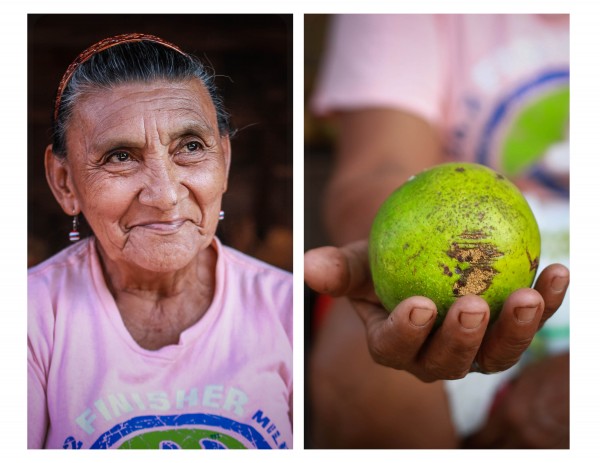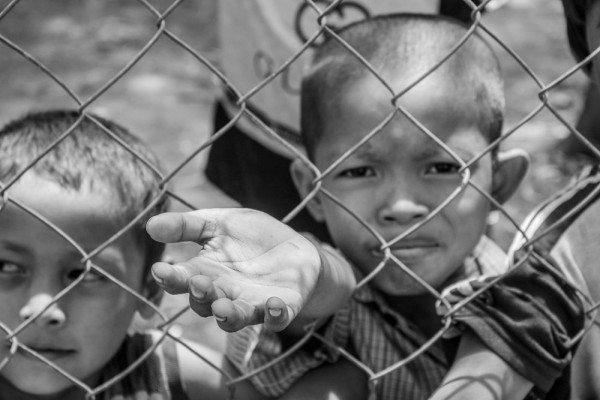1. Paying a “model” to pose for you
If you’re in a well-touristed area, there may well be folks dressed up in traditional garb specifically to pose for tourists. If you’re a tourist, maybe that’s fine. If you’re a travel photographer (aspiring or otherwise), there’s debate over whether paying these traditionally clad locals “counts” as true travel photography.


